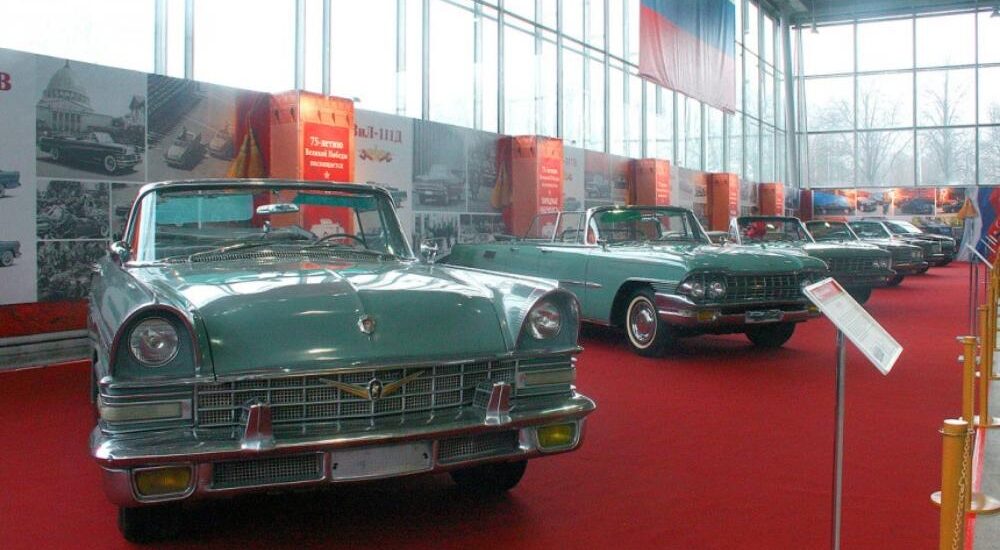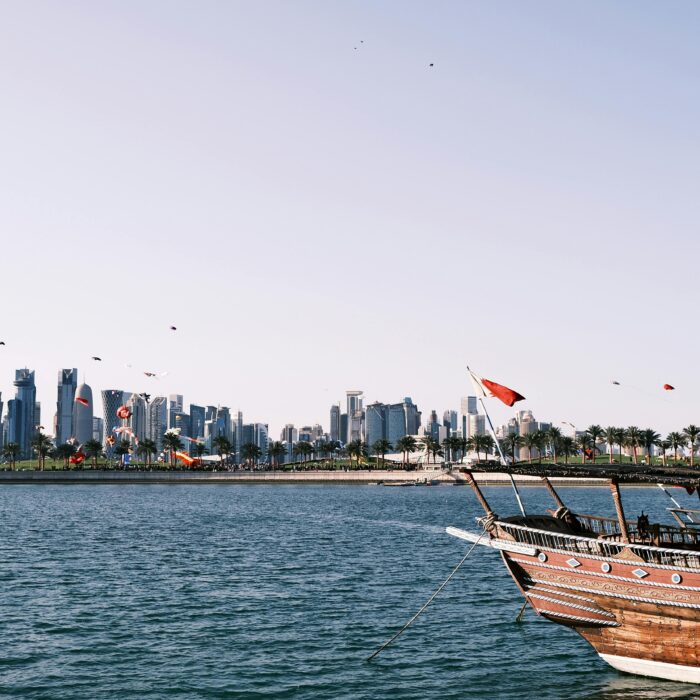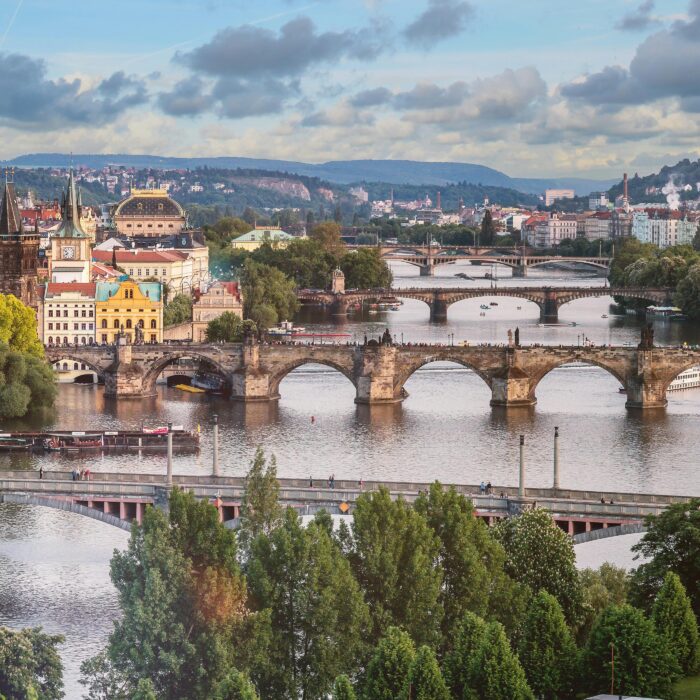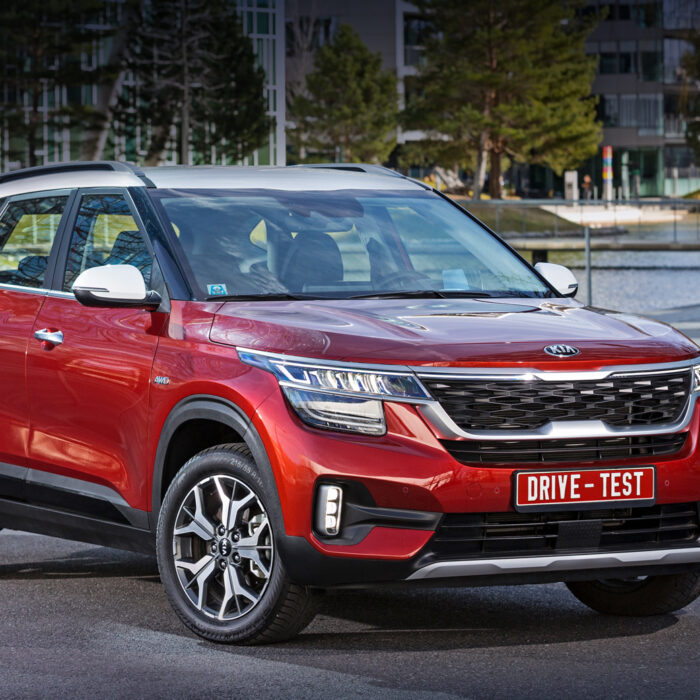From March 6 to 9, the 29th 2020, Oldtimer Gallery took place in Moscow’s Sokolniki Park — an exhibition dedicated to classic automobiles and technical antiques. Our correspondent, Andrey Khrisanfov, was on-site throughout all four days. Here’s his report.
This year’s exhibition covered more than 10,000 square meters. The most prominent display was dedicated to the upcoming 75th anniversary of Victory in World War II. However, rather than showcasing “engines of war” themselves, the focus was on the ceremonial vehicles used in military parades commemorating Victory Day — from the very first parade phaeton, the ZIS-110B, to the latest government convertible based on the Aurus platform.

The ZIS-110B phaetons replaced the horses that the commander and the person accepting military parades traditionally rode onto Red Square on May 1, 1953. From 1947 to 1957, 270 of these cars were manufactured, of which 75 have survived to this day. This example was used for military parades not in Moscow, but in Baku, the capital of the then Azerbaijan SSR

ZIL-111V. Only ten of these vehicles were produced from 1960 to 1963, and all of them have survived to this day. The vehicle with chassis number 41, shown here, carried the first cosmonaut of the planet, Yuri Gagarin, through the streets of Moscow in April 1961. These vehicles served parades on Red Square from 1961 to 1972.

ZIL-111D was produced in 15 copies, but was never used on Red Square: the previous model, designed in the pompous and conservative style of the mid-fifties, was considered more elegant and better suited for special occasions. Cosmonauts were mainly greeted in such cars. 12 cars have been preserved, including two in North Korea and one in Cuba. The very first manufactured example, chassis number 82, is presented here.
These stately open-top cars were arranged in a lineup along the northeast wall of Pavilion No. 4, located on Mitkovsky Drive. Behind them stood a backdrop specially created for the occasion, adorned with historical photographs. These images captured the very same cars in action, performing their ceremonial duties during past parades. Nearby, a souvenir kiosk sold creative themed items — including delicious gingerbread cookies shaped like the iconic Aurus emblem.

ZIL-117V, which replaced the old-fashioned 111V model in 1972 and was made in ten copies (nine have survived). The first ZIL ceremonial car with two doors instead of four. Such ceremonial vehicles were used on Red Square for holidays until 1980, after which they continued to perform similar functions in the Northern capital until 2009
ZIL-41044.

ZIL-41044. Only three such vehicles were made in 1981, all of them are intact and still participate in ceremonial events. They were used for parades on Red Square in 1981-2009.

Strictly speaking, this is no longer a ZIL, but a GAZ SP45, manufactured in three copies in 2009 on an American GMC Sierra chassis at the request of then Defense Minister Serdyukov. A civilian, he insisted on painting the car black, since the previous gray-blue tone of the parade cars was matched to the color of the officers’ parade greatcoats and did not harmonize well with the official black suits. Three-seater convertibles – two main, one reserve – were used in Moscow parades from 2009 to 2019.
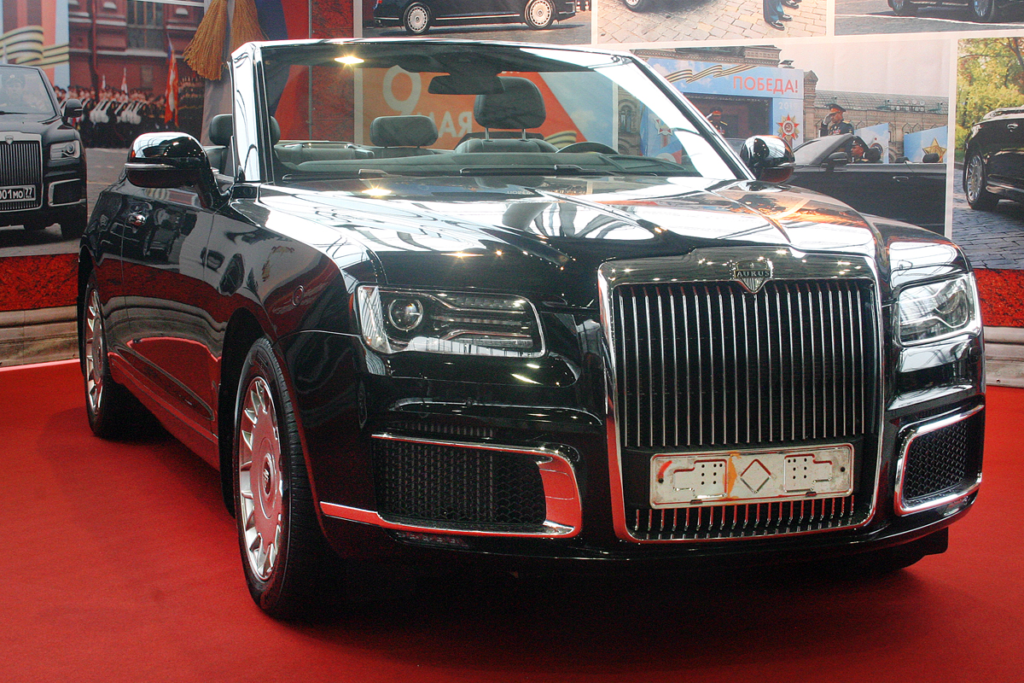
The latest Russian-made ceremonial convertible is built on a single modular platform, common with other cars of the family of government cars, for which a special brand Aurus was invented – “Russian gold” (Au is aurum, the chemical symbol for gold in the periodic table, and rus, of course, is an abbreviation for Russia). A 598-horsepower V8 with a working volume of 4.4 liters is used, allowing the car to reach speeds of up to 250 km / h
Military hardware was, of course, present in the pavilion — and in significant quantity. However, most of it dated to the postwar period (or in some cases, the prewar era, but as experimental prototypes rather than production models). Children were allowed to climb aboard some of the combat vehicles, much to their delight. A few were even granted access to the driver-mechanic’s cabin — with the engines safely off for the duration of the exhibition.
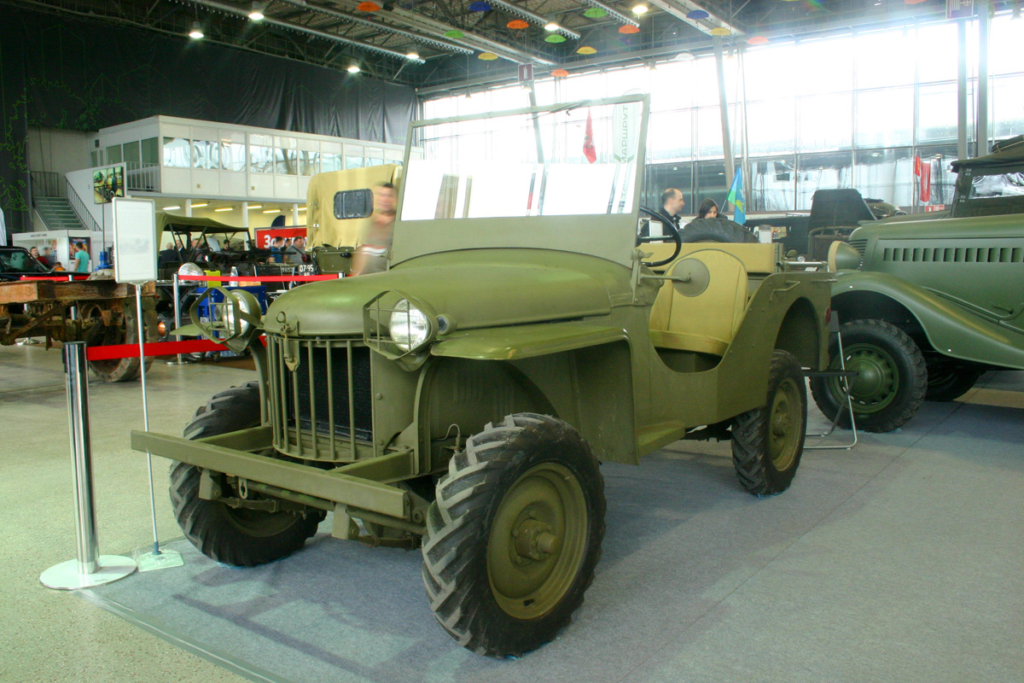
These two cars are unlikely to fall under the thunderous definition of “Victory motors”: they are experimental, they were prepared in the early forties by the American company Bantam during work on a “reconnaissance car” for the active army. One prototype was even made not only all-wheel drive, but also all-wheel drive
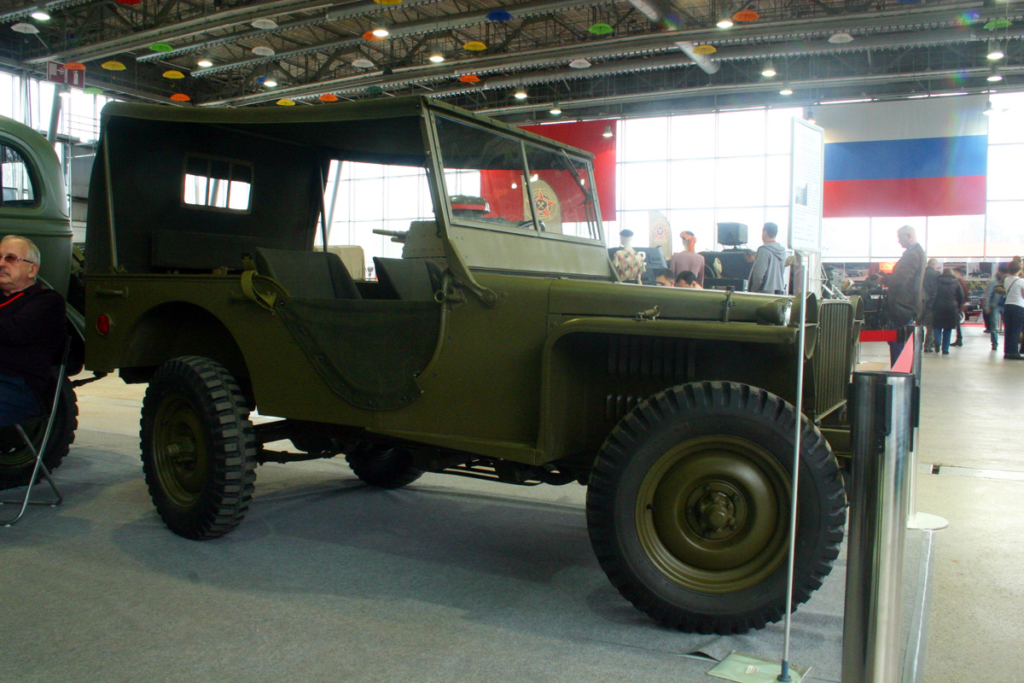
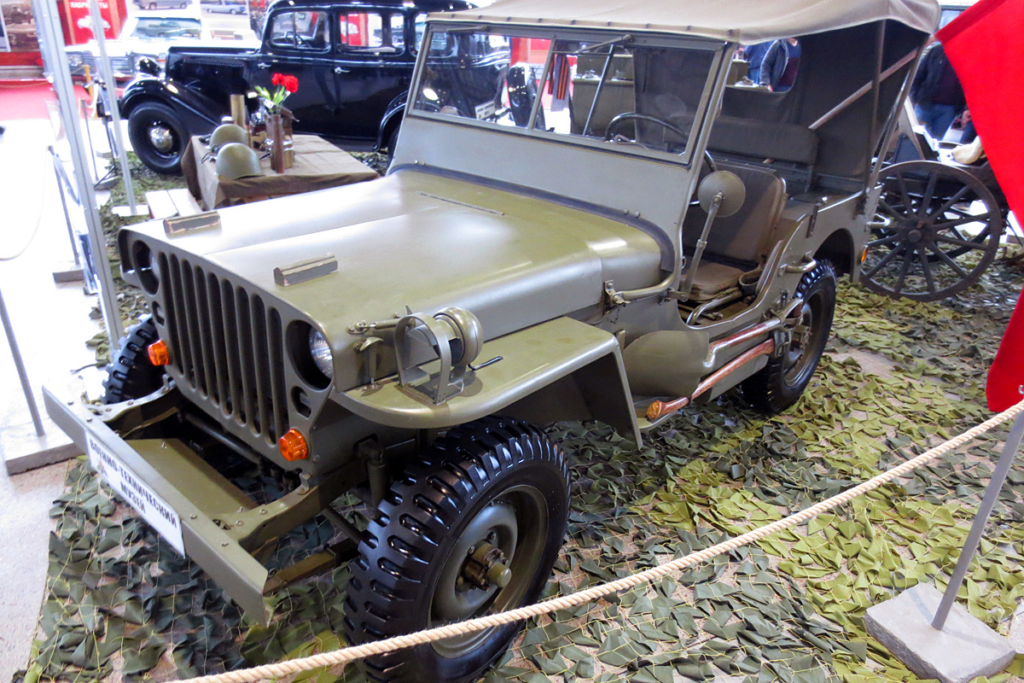
But this car is truly a “weapon of victory”, and a real one: the famous Willys, later known as Jeep, which was created taking into account the tests of the two previous cars, and became a serial workhorse in the troops
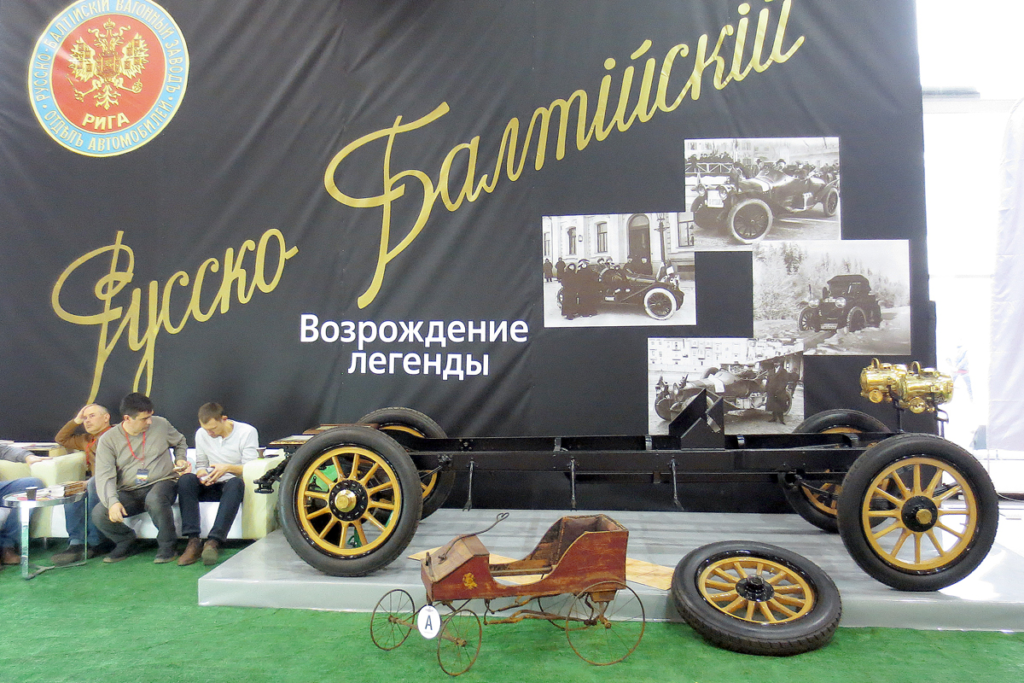
The reconstruction of Russo-Balt cars was presented at the exhibition by two exhibitors at once. Each had its own approach

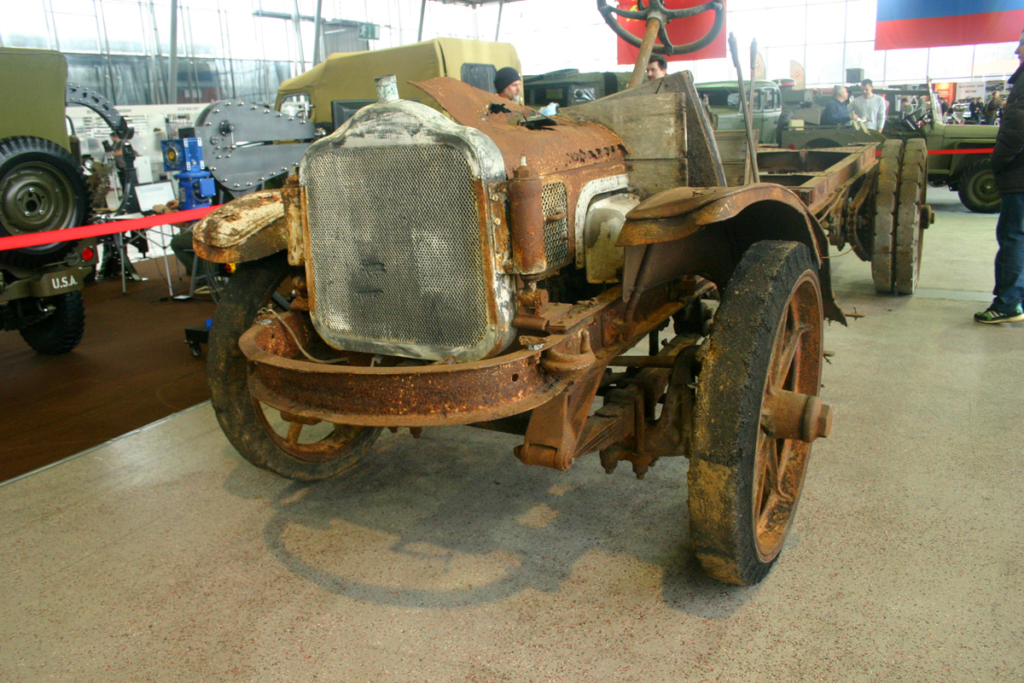
This rusty chassis belonged to a truck from the American company White during the First World War. The Moscow plant AMO, later known as ZIL, once started its activity with the restoration of such vehicles
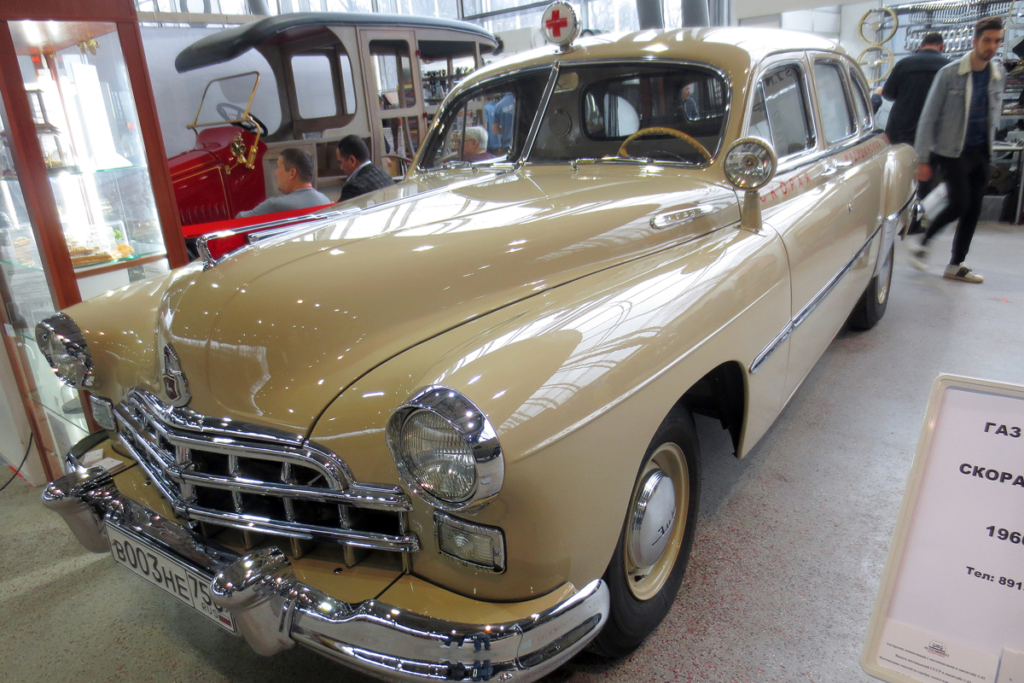
The ZIM (GAZ 12-B) ambulance is well known to many…

…But there was also a similar Pobeda M-20

The sign in front of this exhibit reads: “… a dress from the early twenties made of dark green silk with beige trim and embroidery with red and black beads.” This is followed by a lengthy excursion from fashion historian Asya Alajalova into the era of the “roaring twenties” with a story about the preferences of the ladies of that time. The car is a French Lorraine-Dietrich Type A4 10/12 CV, manufactured in 1924, a closed Gloriosa model with a body by the Gruemmer studio. This is how a real Lorraine-Dietrich should look, it turns out – and not at all like in the memorable Mosfilm adaptation of “The Golden Calf” (1968)…
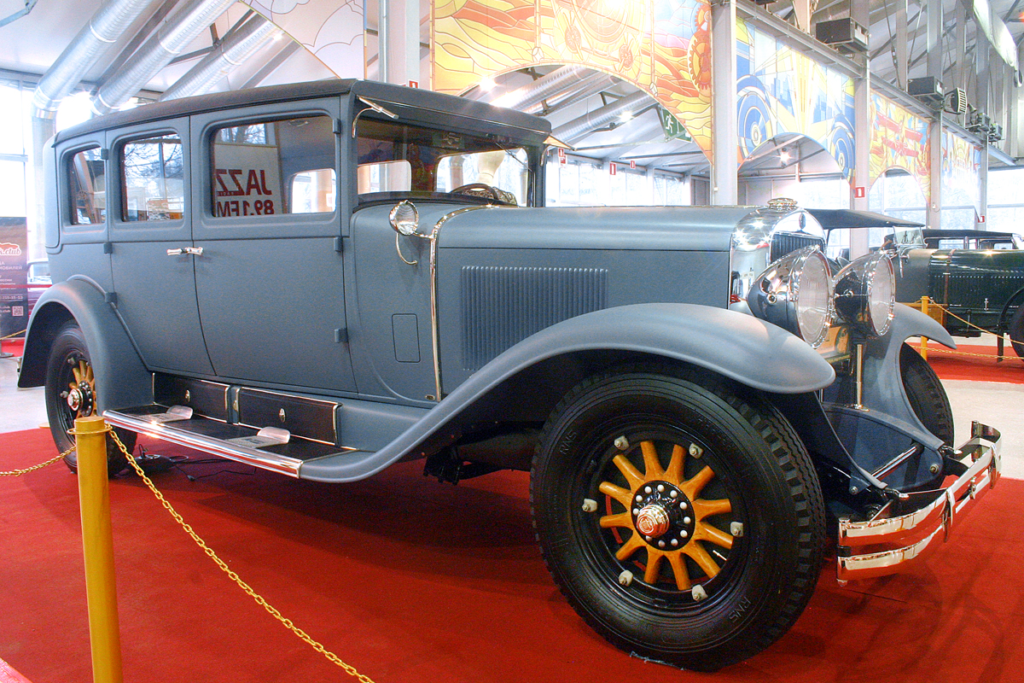
And this is approximately what the “closed gray Cadillac” of the overseas seekers of recipes for the Russian “taburetovka” from the same “Golden Calf” might have looked like, which the authors had “slightly tilted and stood at the edge of the road.” This is a six-window sedan from the Fleetwood studio on the chassis of the 1928 model 341-A
The main space in Pavilion No. 4 was shared with a “food court zone,” organized this year as a unified area. In previous years, food vendors — offering everything from Tatar sausages to Syrian sweets — were scattered throughout the exhibition halls. This time, they were gathered in one place. Another snack area, as usual, was located in the passageway connecting Pavilion 4 to Pavilion 4.1, where visitors also found the cloakroom and the only ATM on-site — which turned out to be quite handy, as many vendors were unable to accept card payments.
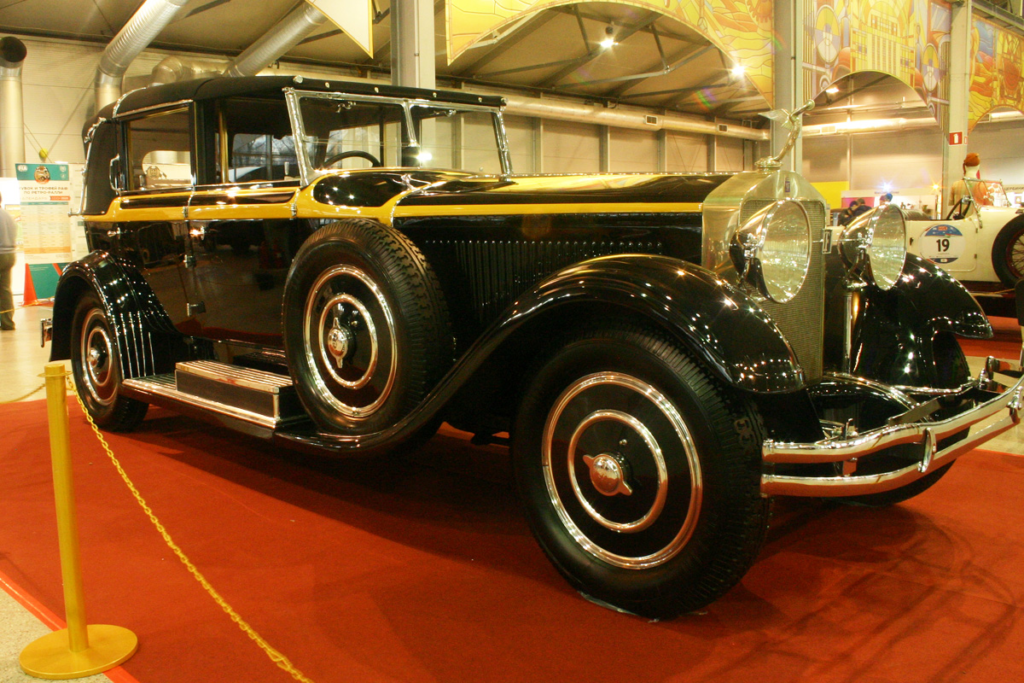
The remarkable Isotta Fraschini Tipo 8A S from 1928 with a landaulet de ville body from the prestigious Italian studio Carrozzeria Castagna is the world’s first car with an in-line eight-cylinder engine, the working volume of which exceeded seven liters. In all of Moscow, there are only three such models, and all with different bodies from different manufacturers
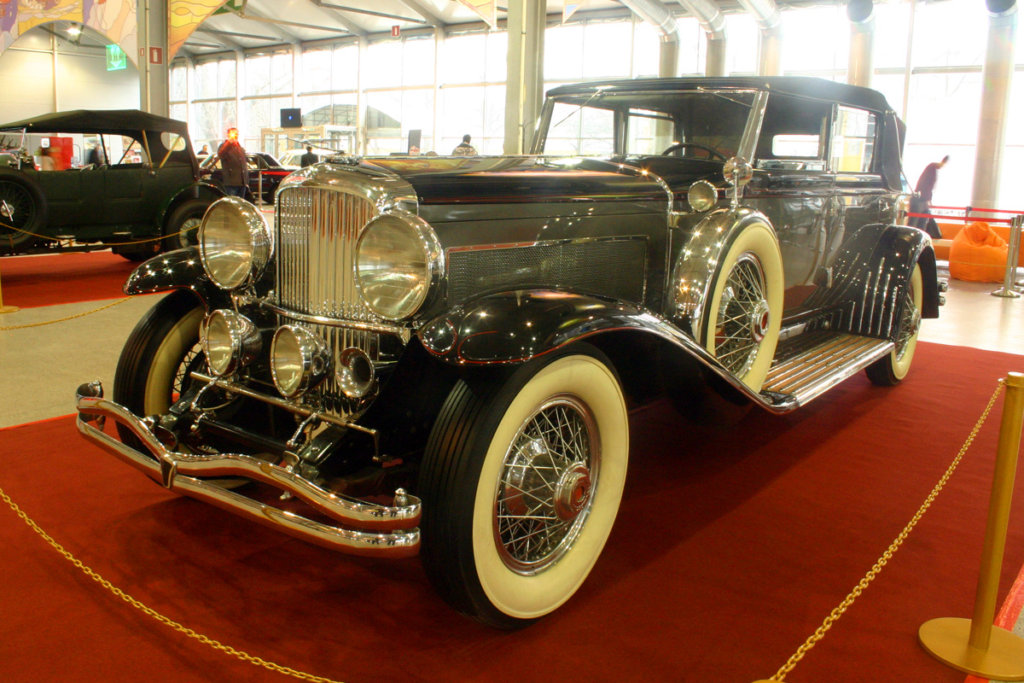
The incomparable Duesenberg Model J of the early model (1929) on an extended wheelbase with an opening body Convertible Berline from LeBaron. In this version, only three copies were produced
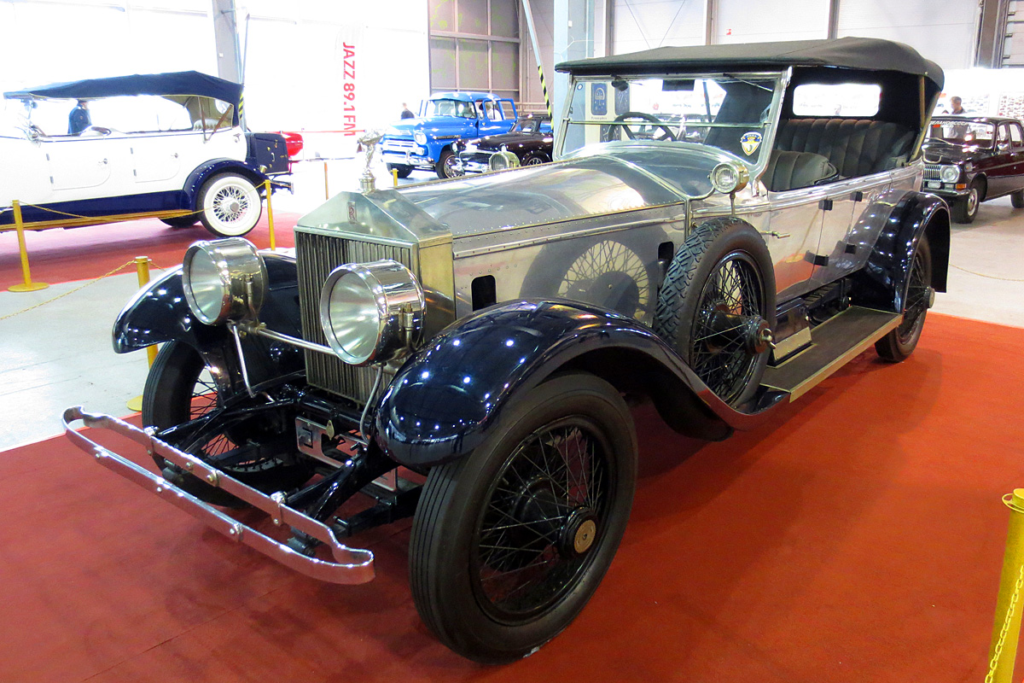
Rolls-Royce model New Phantom (later also called Phantom I) of American assembly, model 1926. Usually American Rolls-Royce cars, which were assembled in Springfield (Massachusetts), were equipped with bodies of the American company Brewster, but on this example, a completely different coachbuilder worked – Merrimac, again American. This model was called in the British manner Pall Mall Tourer. The steering wheel is still on the right, also in the English manner
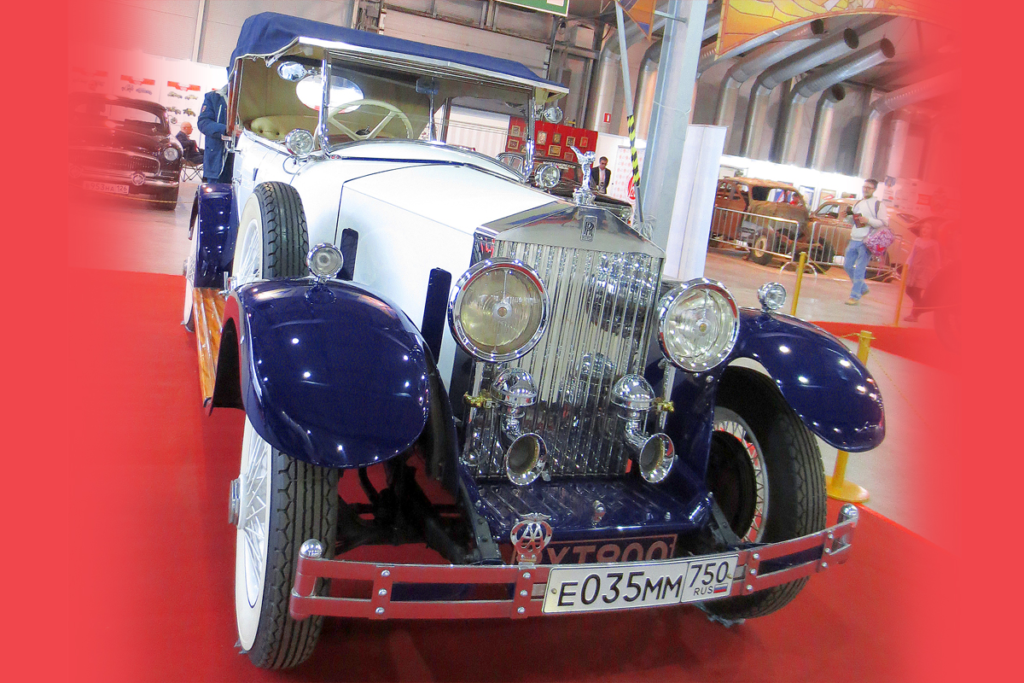
Rolls-Royce, straight from the era of the “roaring twenties” – this time of a purely English type: this is the “junior” model 20/25 HP of 1929 with a body by the famous Barker studio
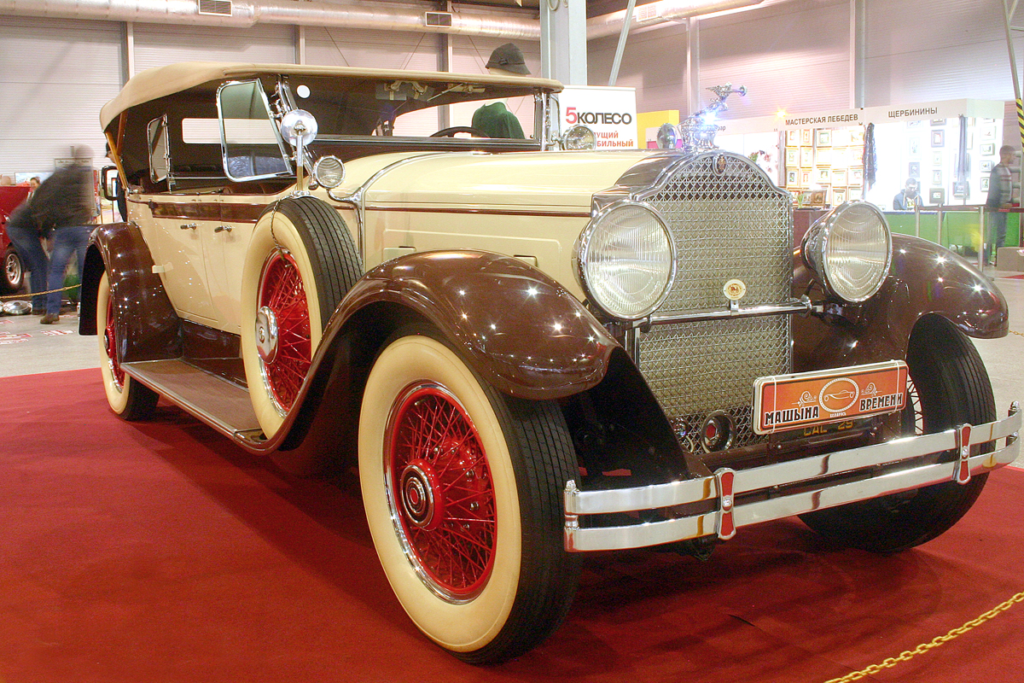
This wonderful Packard 640 Custom Eight (1929) double phaeton was presented at the exhibition by the Belarusians from the “Mashina Vremeni” museum. At one time, this example was used to pay the architect Bernard Maybeck for the project of the grand Packard showroom in San Francisco by the local dealer Earl S. Anthony – and he also added money
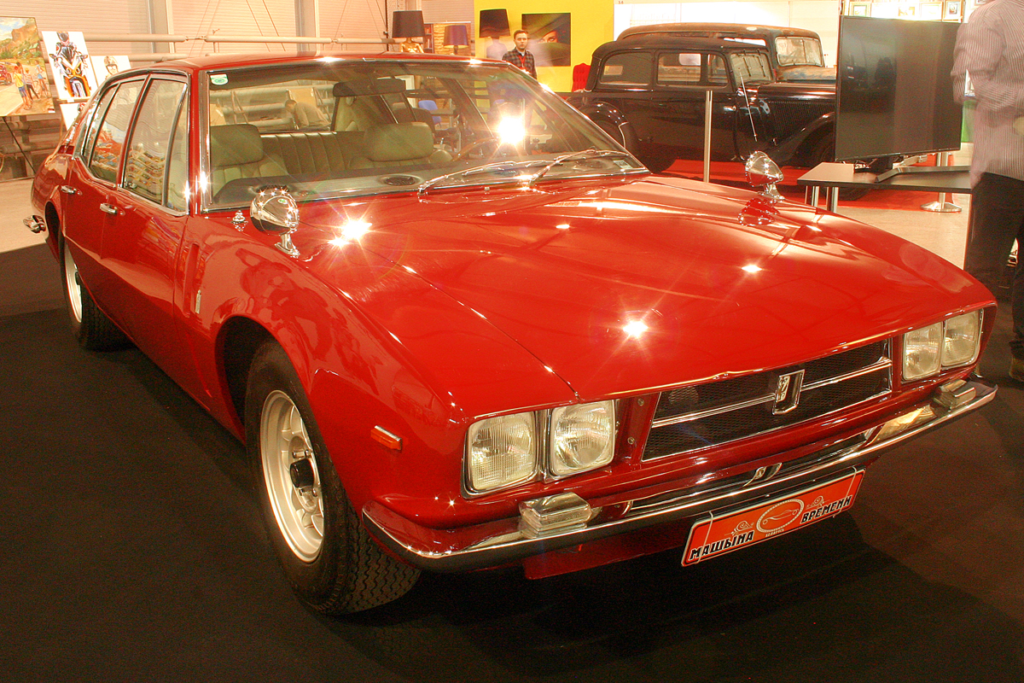
The second Belarusian exhibit is the Iso Rivolta Fidia with a Chevrolet Corvette engine and a Ghia body designed by Giorgetto Giugiaro himself. A great rarity: only 192 examples were built from 1967 to 1975

This Hispano-Suiza H6B (1928) with a body from the famous French studio Million-Guiet has appeared before the public more than once at previous Oldtimer galleries. But honestly, it hasn’t become any worse for it
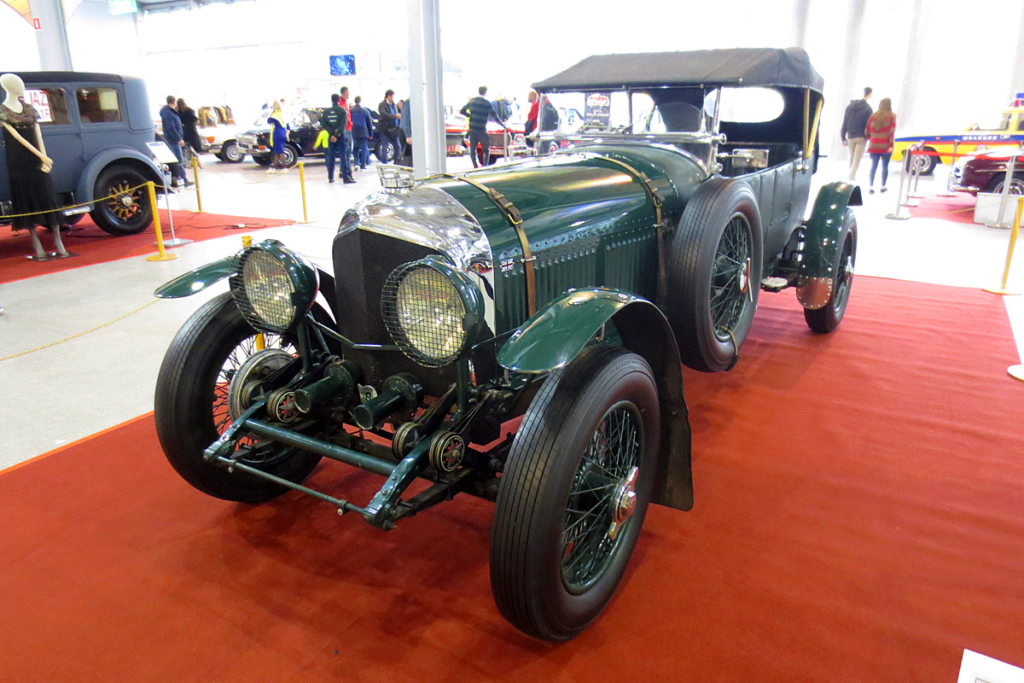
British motorsport at its finest: the 1929 Bentley Speed Six. Before its takeover by Rolls-Royce in the early 1930s, Bentley had already scored many big wins at Le Mans, and this particular model was responsible for a fair share of them. The exhibition featured a model with a lightweight sports body from the Vanden Plas workshop, which was simply called the Le Mans Style Tourer.
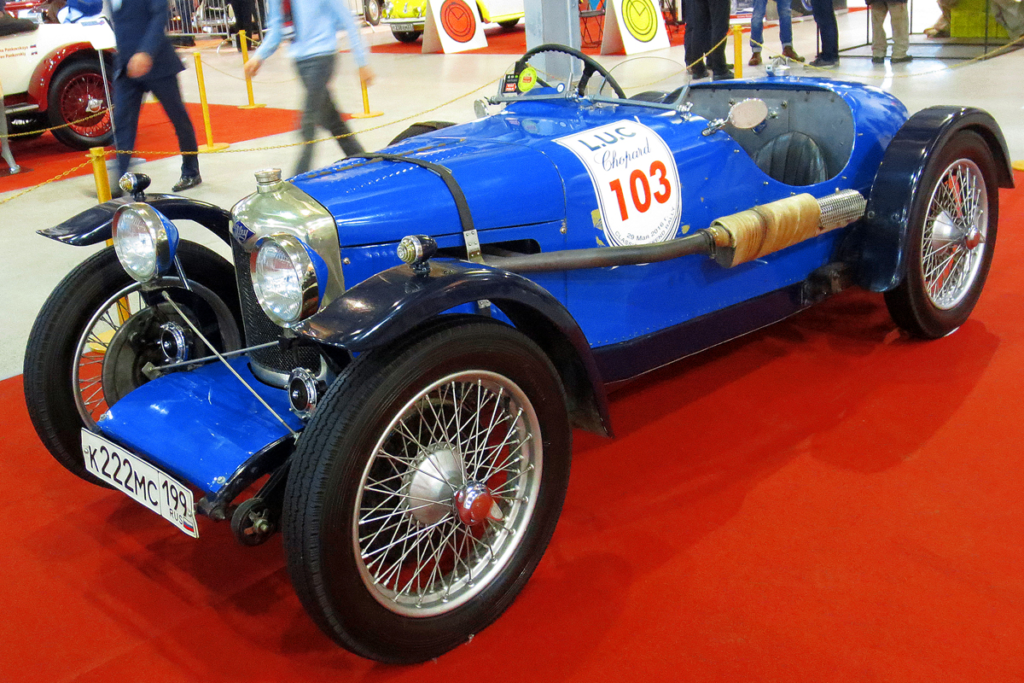
A fundamentally different British approach to motor racing is the Riley Nine Brooklands (1930). Only 1087 cm3 of working volume versus six and a half liters of the Bentley Speed Six and, accordingly, 29 hp of output versus 180 of the titan from Cricklewood, but the little car still managed to take first place in its class at Le Mans (and third place overall there). Another thing is that it achieved this only by 1933, when the Bentley brand had long since left motor racing.
Pavilion No. 4.1 was curated around the theme “Welcome to 100 Years Ago,” and was almost entirely dedicated to cars from the 1920s. Here, an impressive array of “great classics” from private collections was on display. Just hearing the names was enough to quicken any enthusiast’s pulse: Hispano-Suiza, Lorraine-Dietrich, Isotta Fraschini, Rolls-Royce, Bentley, Packard…
The cars were spaced out to allow full 360-degree viewing, and the interior was stylishly decorated in the spirit of the Roaring Twenties and the “Jazz Age.” Several displays included mannequins dressed in period attire, adding to the immersive atmosphere. One corner of the pavilion offered a sober reminder of World War II — with two captured German vehicles, an Adler Trumpf and an Austrian Steyr, alongside a gallery of reproductions by artist Alexander Zakharov, titled Motors of Victory. Another poignant exhibit was a three-wheeled “invalidka” from Serpukhov, illustrating how, for some, war and victory alike can end in personal tragedy.
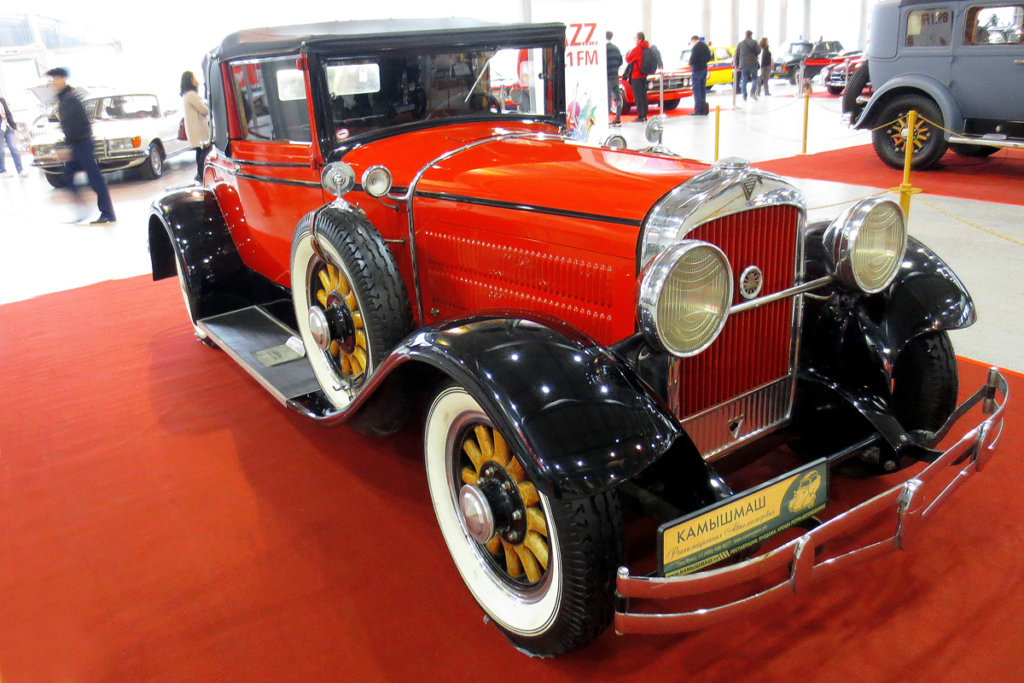
The 1929 Hudson Super Six coupe-cabriolet was presented at the exhibition by the Kamyshmash Reanimation Auto Repair Shop, a division of the Kamyshin Machine-Building Plant. The car is superbly restored
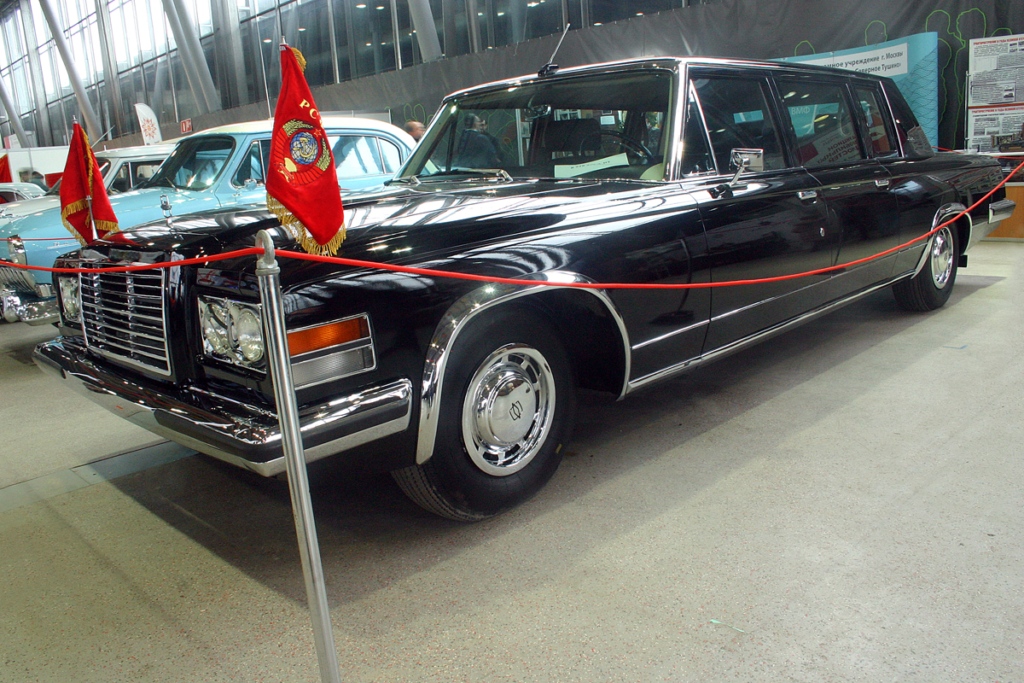
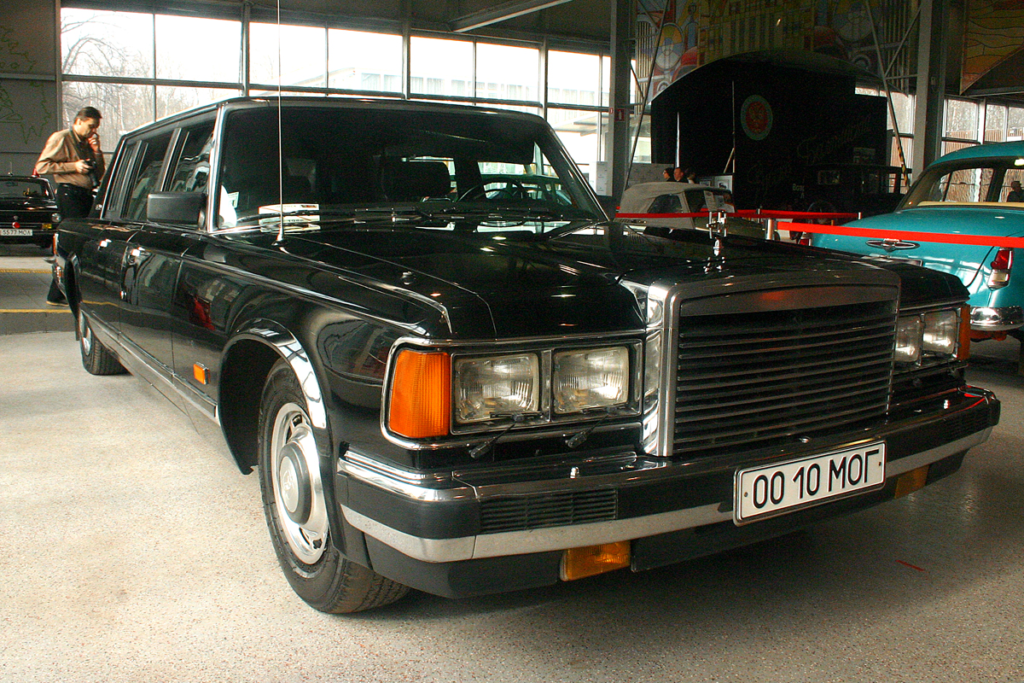
Government ZILs were present at the exhibition in incredible numbers — as many as five units, and that’s not counting the ceremonial models!
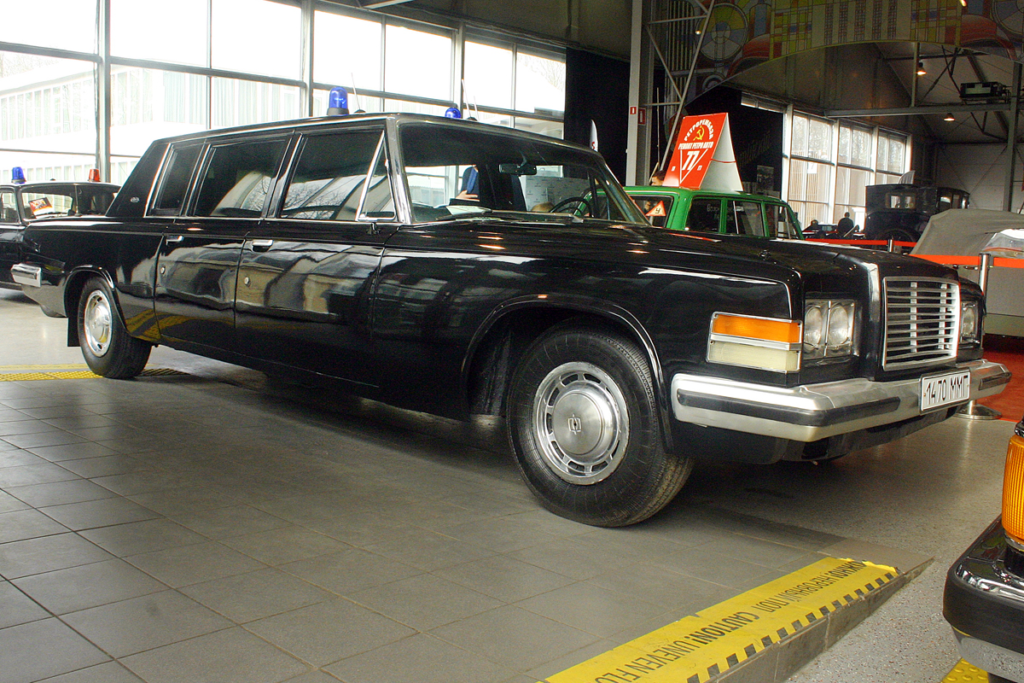
The traditional Retro Bazaar — featuring spare parts for vintage cars and other nostalgia-inducing items — was also gathered into a single space along the wall dividing Pavilions 4 and 4.1. The product range was similar to previous years, though slightly reduced: some vendors, based in regions with strained diplomatic relations, chose not to participate in this year’s show.
Right next to this “flea market” area was the entrance to Pavilion No. 4.2, which housed two rows of vehicles listed for sale in the Egorov Auction House event, scheduled for March 9. Among the standout lots was a two-tone red and white 1955 Chevrolet Bel Air.
Photo: Andrey Khrisanfov
This is a translation. You can read the original article here: Парадные кабриолеты и другие сокровища Олдтаймер-галереи в Сокольниках

Published June 05, 2025 • 9m to read

